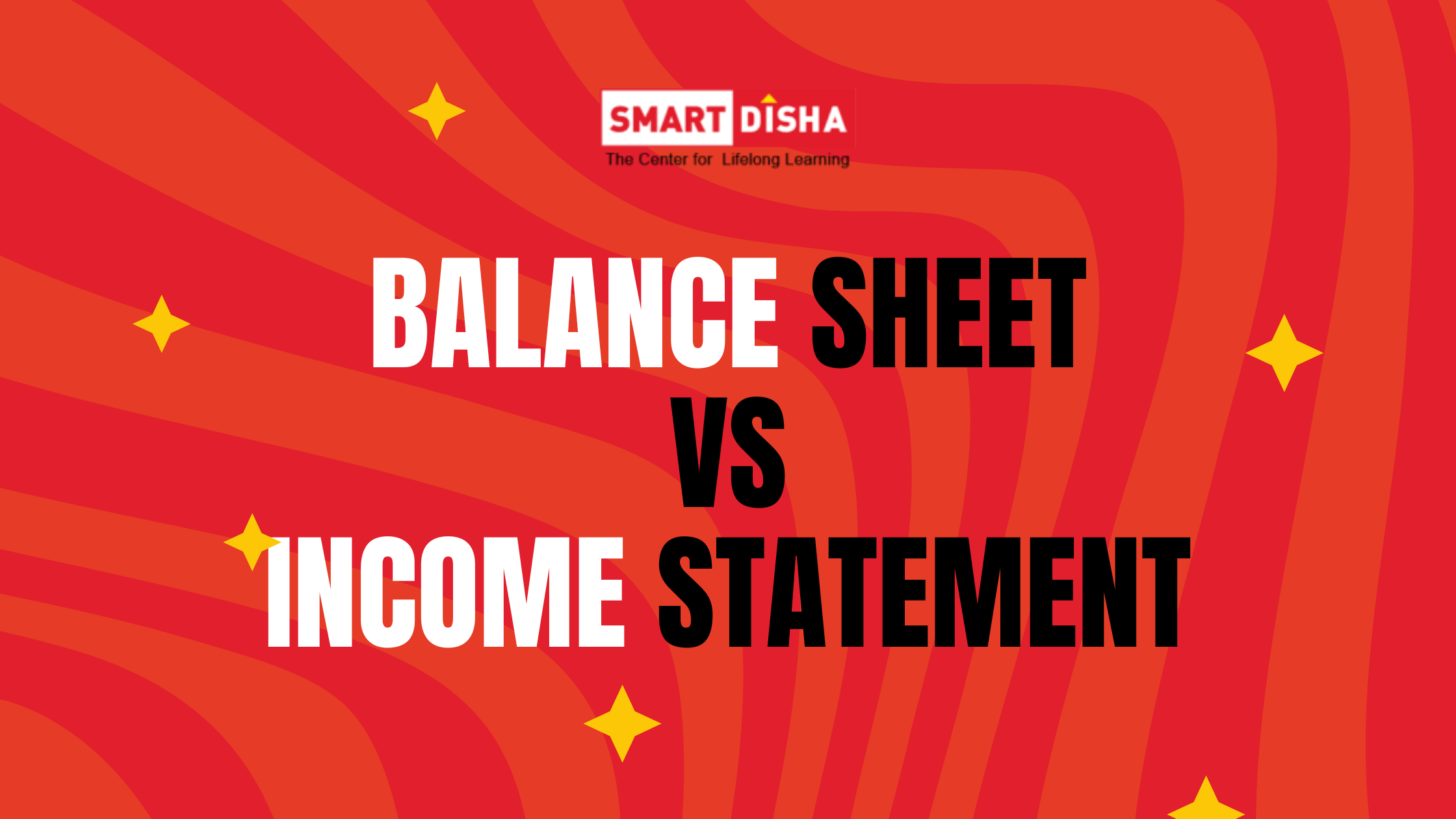In our previous blog post, we discussed how financial statements are like a company’s vital signs, offering a wealth of information for investors. Today, we’ll take a closer look at the two most crucial statements: the balance sheet and the income statement.

What is The Balance Sheet?
Imagine a company as a photograph taken at a specific moment. The balance sheet captures this exact image, showing what the company owns (assets), what it owes (liabilities), and the remaining value for shareholders (equity) at that particular time.
- Assets: This section lists everything the company has value in, like cash, inventory, machinery, and even intellectual property.
- Liabilities: Here, you’ll find all the company’s debts and obligations, such as loans payable, accounts payable, and taxes owed.
- Shareholders’ Equity: This represents the company’s net worth, essentially what’s left after subtracting liabilities from assets. It reflects the value owned by shareholders.
A key principle of the balance sheet is that it always balances: Assets must equal Liabilities + Shareholders’ Equity. This equation ensures a clear picture of the company’s financial position.

The Income Statement
The income statement, unlike the static picture of the balance sheet, tells a story. It shows the company’s financial performance over a specific period, typically a quarter or a year. Here’s what you’ll find:
- Revenue: This is the total amount of money the company generates from selling its products or services.
- Expenses: These are all the costs the company incurs to generate revenue, including salaries, rent, and materials.
- Net Income (Profit): This is the bottom line, calculated by subtracting expenses from revenue. It reveals whether the company is making money or operating at a loss.
By analyzing trends in the income statement over time, you can assess a company’s profitability and its potential for future growth.
The Power of Combining Statements
The true magic happens when you analyze both the balance sheet and income statement together. For example, a high level of debt in the balance sheet (high liabilities) might be concerning, but a strong net income in the income statement (healthy profits) could indicate the company is managing its debt effectively.
By understanding these financial statements, you gain valuable insights into a company’s financial health and its ability to generate returns for investors.
Remember, financial statements are the foundation for further analysis using valuation methods, which we’ll explore in the next blog post!




